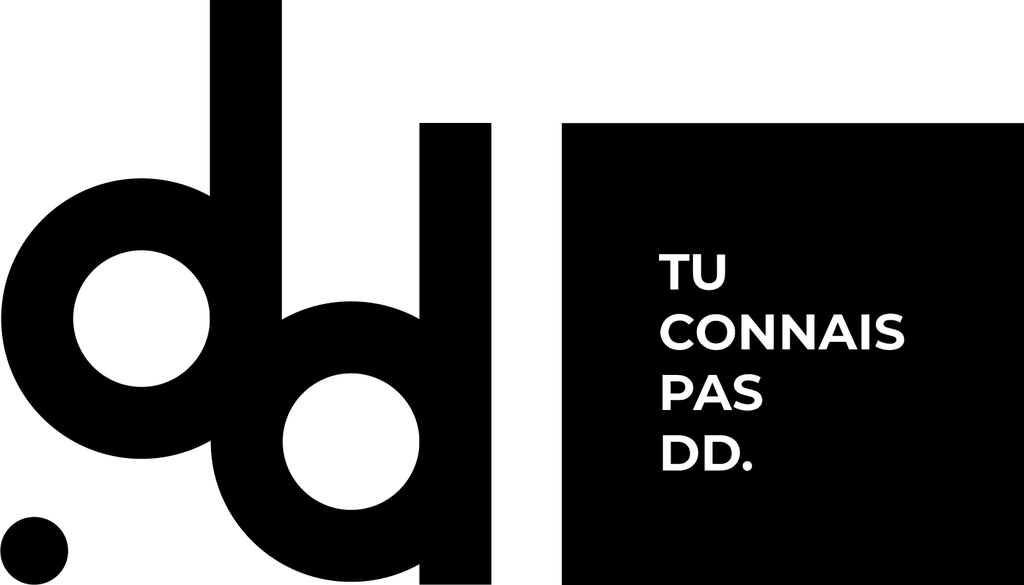Quand j’enseigne le graphisme à mes élèves, je commence toujours par expliquer ce que certains appellent la « Divine proportion. »
This number has remarkable aesthetic properties in nature and plays an important role in architecture, photography, art and graphic design.
A bit of maths to get you started...
Also known as the golden ratio or phi (φ), this is a mathematical constant that was discovered thousands of years ago and has a value of approximately 1.61803.
It's called the... golden ratio.
How does it work?

1
With exhilarating spirals
The golden spiral is a shape based on the golden ratio that is frequently found in nature, such as in snail shells, flowers, galaxies, pine cones, the heart of sunflowers, etc. This spiral is considered aesthetically pleasing. It is used by some artists, graphic designers, designers and architects to create captivating works of art...


" We're not much...(refers to a French song "On est bien peu de choses, Et mon amie la rose…)"
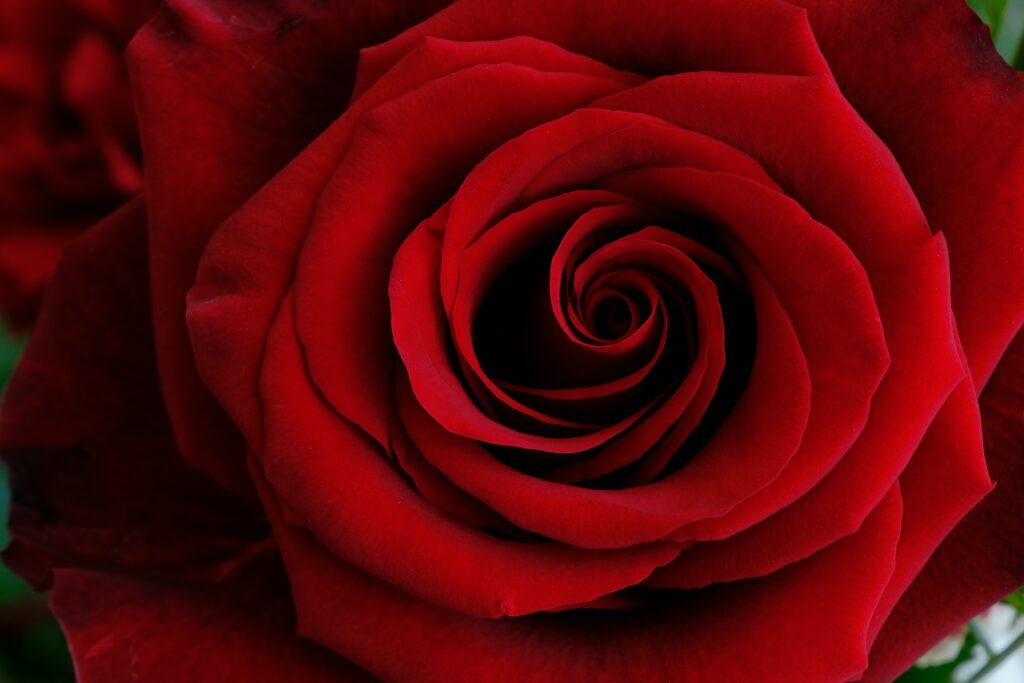
2

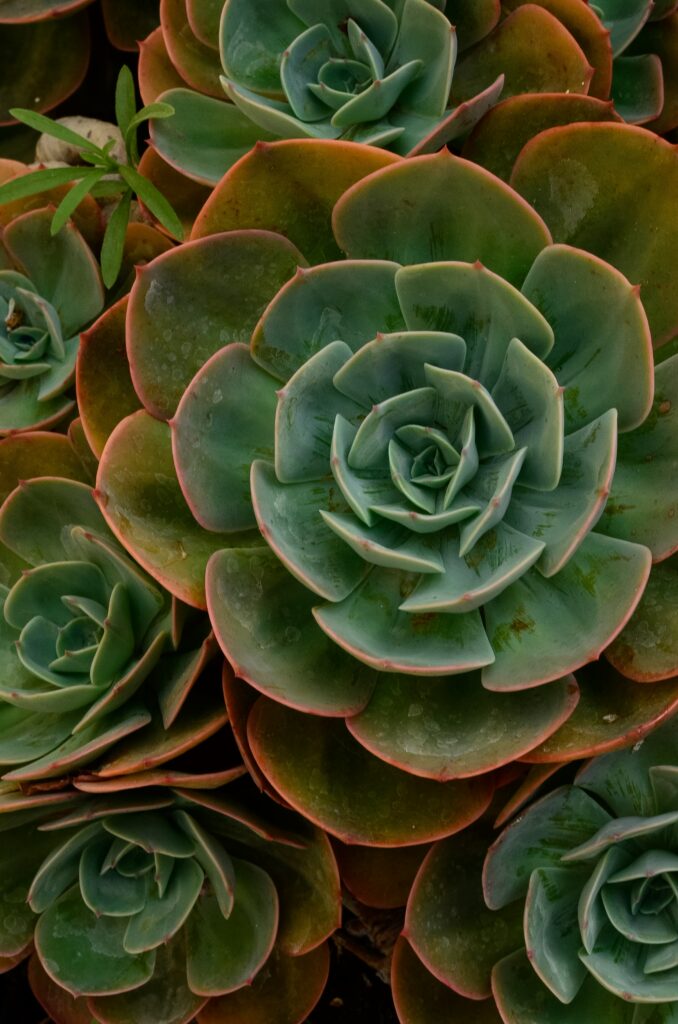
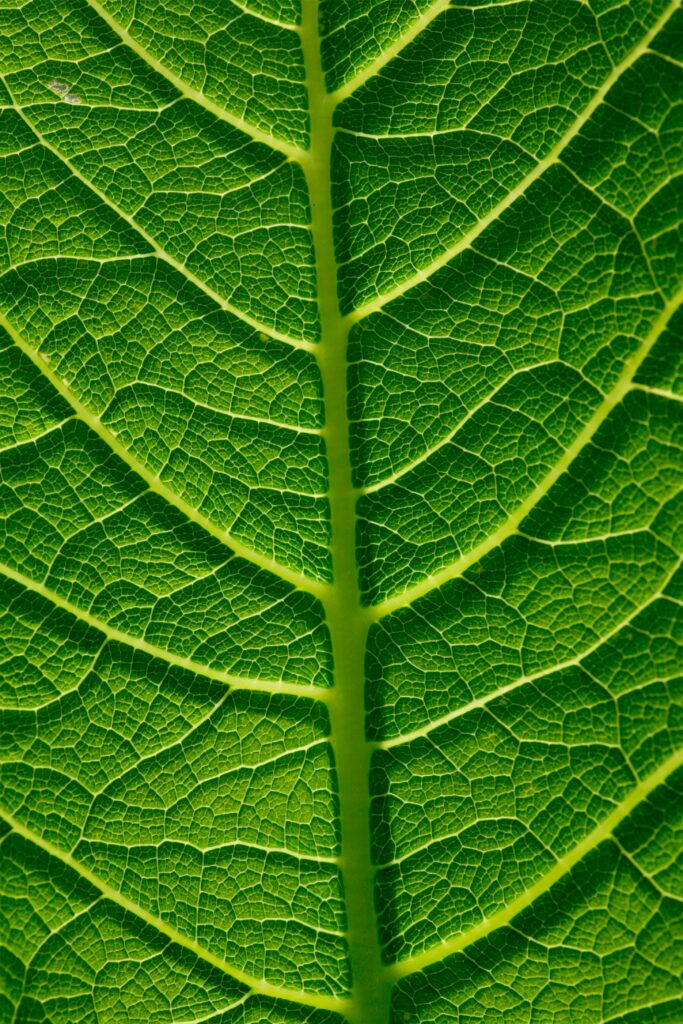
The perfect balance
- Architects can use the golden ratio to determine the proportions of buildings and interior spaces. Structures based on the golden ratio are often perceived as being more balanced and aesthetically appealing.
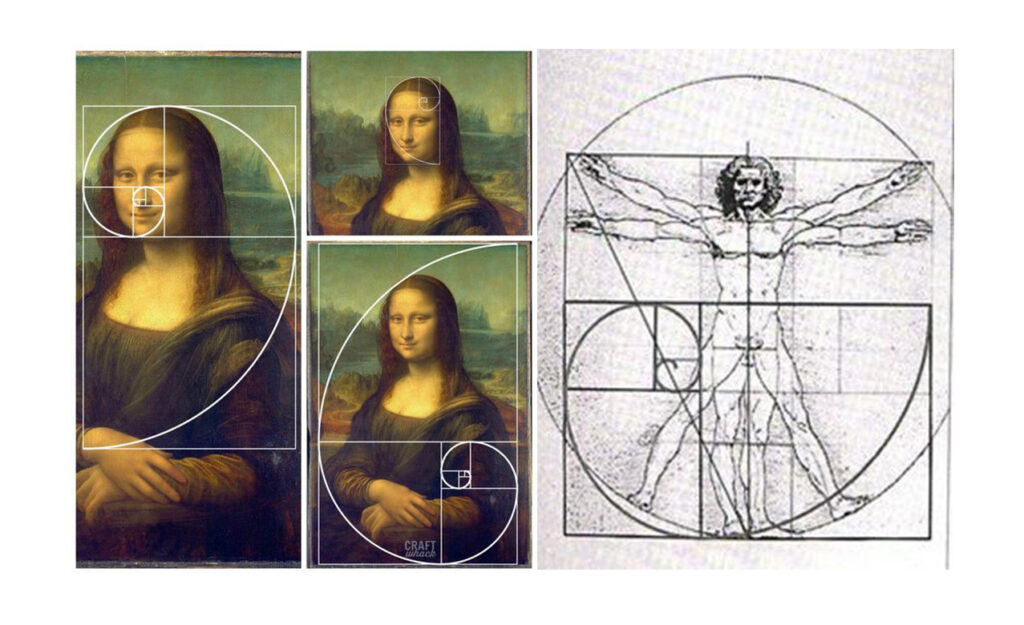
- Architects can use the golden ratio to determine the proportions of buildings and interior spaces. Structures based on the golden ratio are often perceived as more balanced and aesthetically appealing.
The pyramids, the dimensions of the façade of Notre-Dame Cathedral in Paris, the Eiffel Tower... all correspond to the golden ratio...
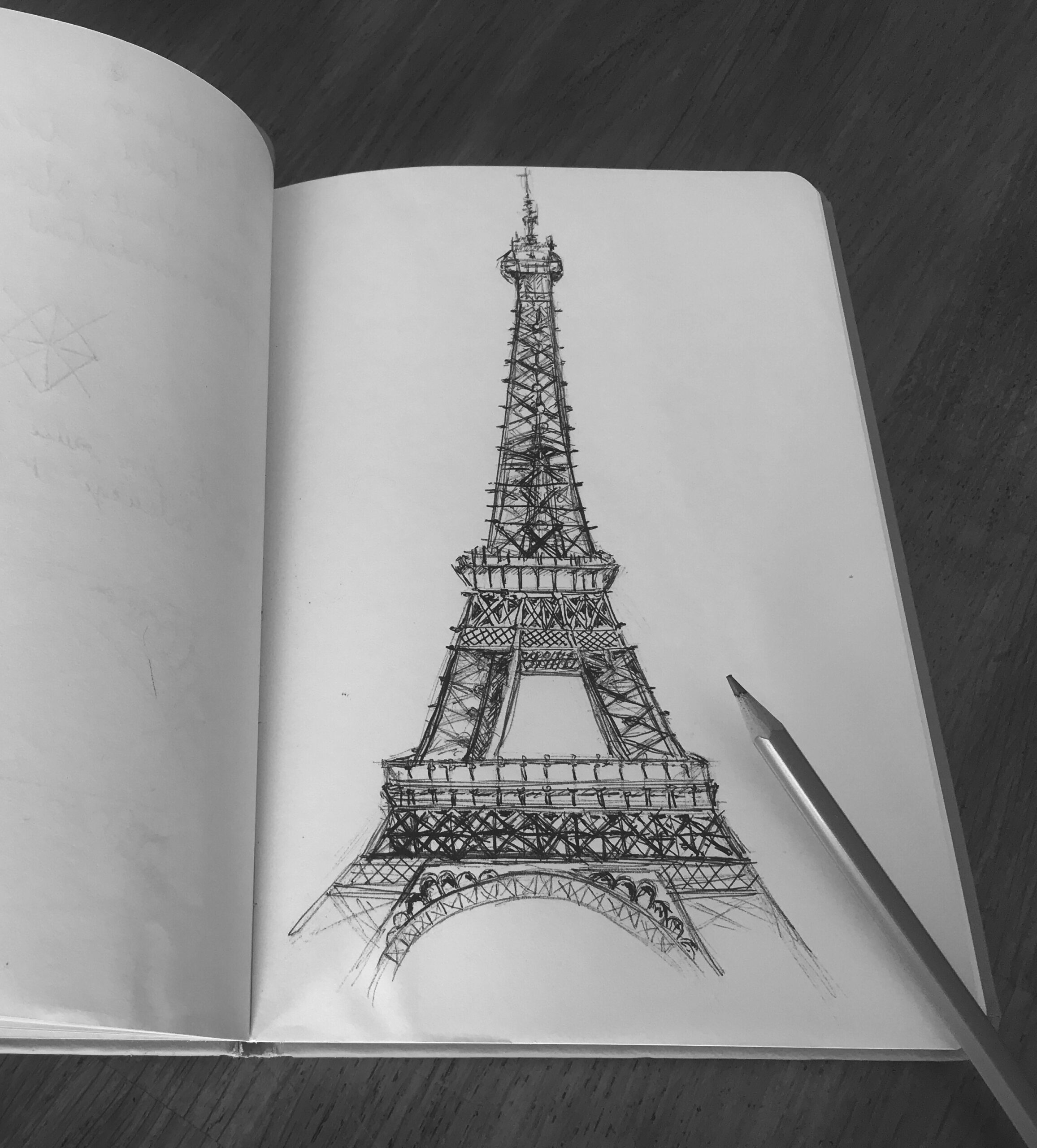
- Composers use the golden ratio to create musical structures and melodies that are considered harmonious and balanced - a story of scales and measures, as explained in the France Musique podcast: https://www.radiofrance.fr/francemusique/podcasts/tendez-l-oreille/tendez-l-oreille-du-samedi-18-juin-2022-8719297#
3
Natural composition or judicious framing?
When an image or a composition seems more aesthetic to you than another, there is little chance.
• In composition, the golden ratio appears as a cut-out approximately 3/4 of the image. This is where you will often find the horizon line, the line of text on a poster, the head of a flower in relation to the stem etc, etc… it’s up to you to look 🙂

• It is also found in the form of stars.

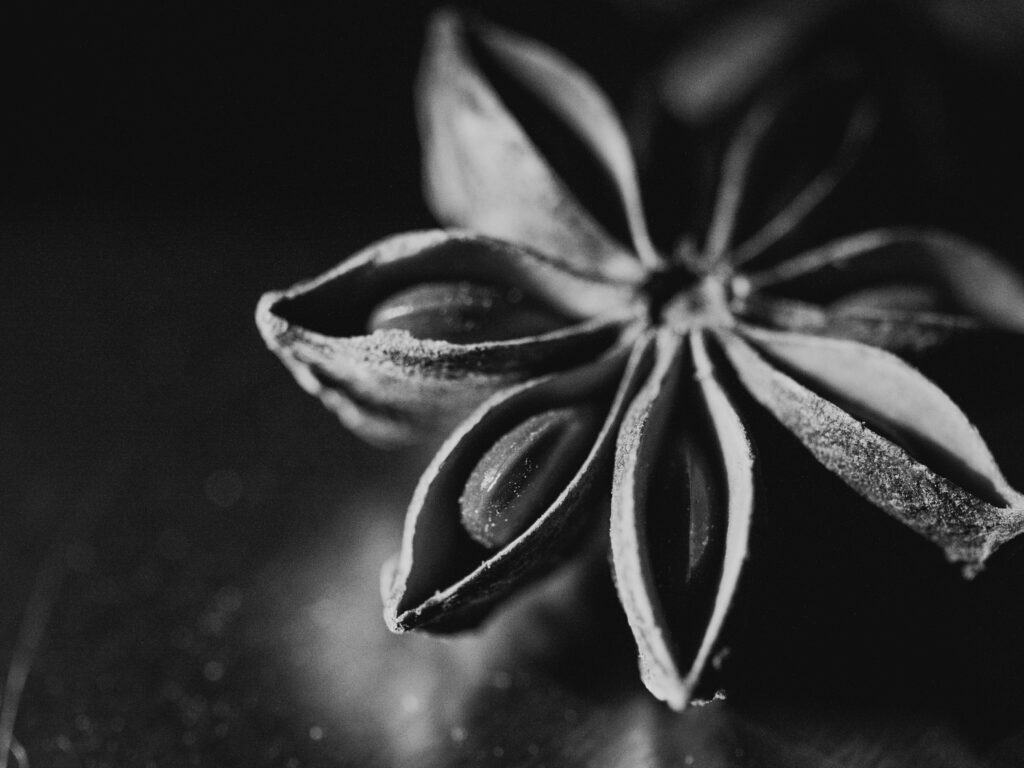
Nature is a limitless source of inspiration and when it starts, like me, this golden ratio, you see it everywhere :)
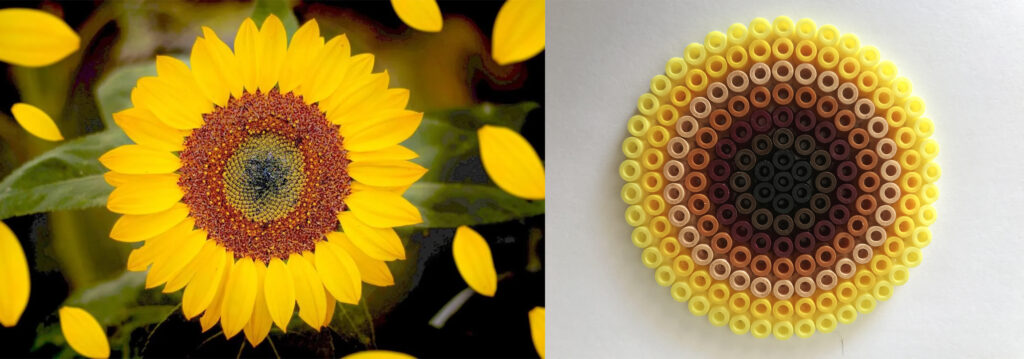
It can even be found in finance...
BUT…
That said, the relationship between the golden ratio and aesthetics is not universally accepted, and some consider its effect on the perception of beauty to be rather subjective.
Nevertheless, the golden ratio continues to be a fascinating and inspiring subject for many artists, architects and thinkers throughout history.
Personally, it fascinates me for a long time.
So what does this have to do with sustainable development? The answer, below:
" Beauty raises in us all a delighted exaltation that resembles happiness. And make no mistake. Many of the greatest scholars have spoken of these radiant moments. Yes, first of all, marvel. …Would that be naive? Of course not. It's an Awakening…It is this continual wonder that we must rely on if we want to save the beauty of the world... »
— Jean-Claude Guillebaud, « Sauver la beauté du monde »
tu connais pas dd shares his passion for nature and aesthetics
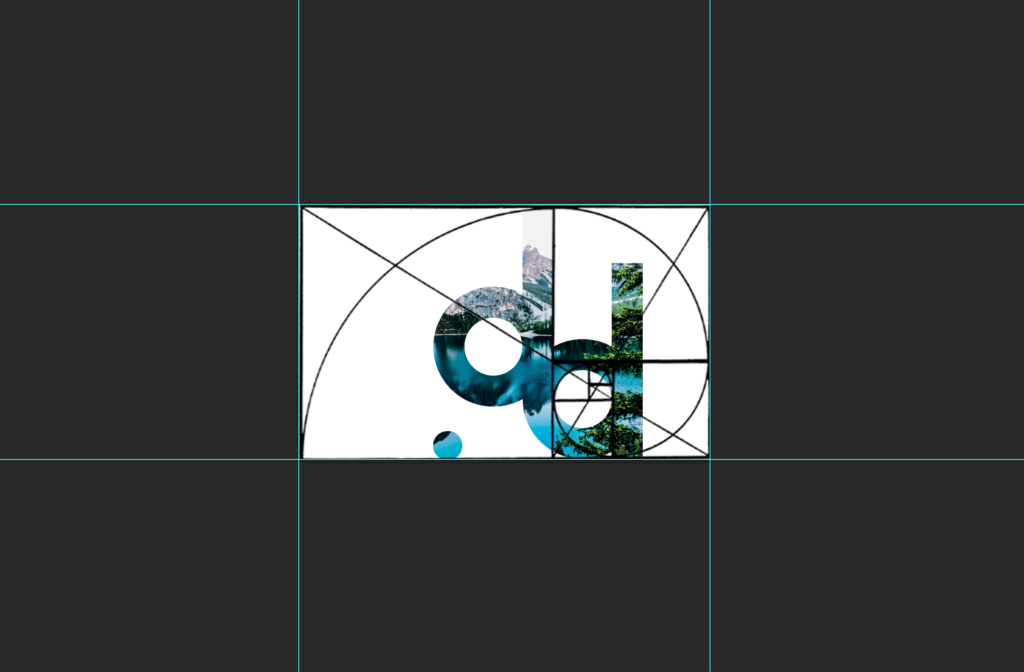
P.S.
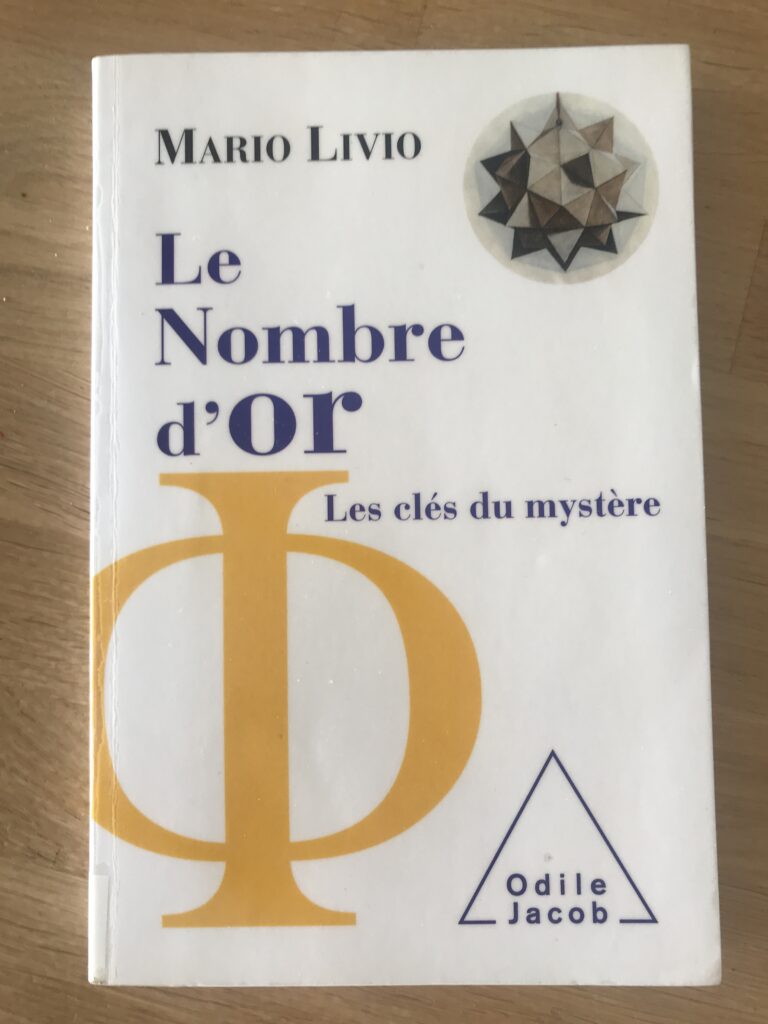
To go further into mathematical analysis, I liked Mario Livio’s book.
Discover the other articles here: https://www.tuconnaispasdd.com/bienvenue/page-d-exemple/
- La beauté sauvera le Monde.
- 17 SDG illustrated in 17 press cartoons.
- Fashionable DD
- La beauté soutient l’agriculture durable.
- sustainable development sees life in blue
